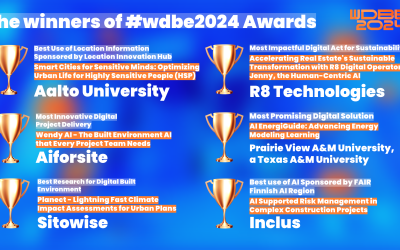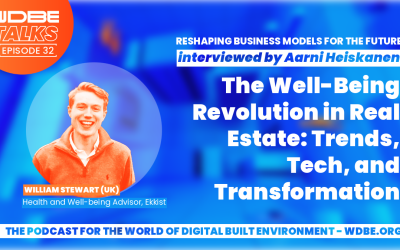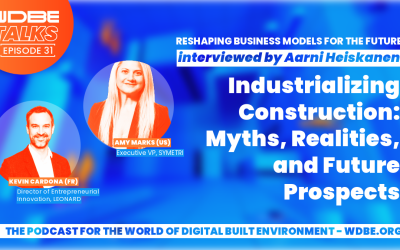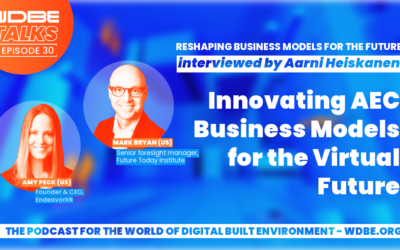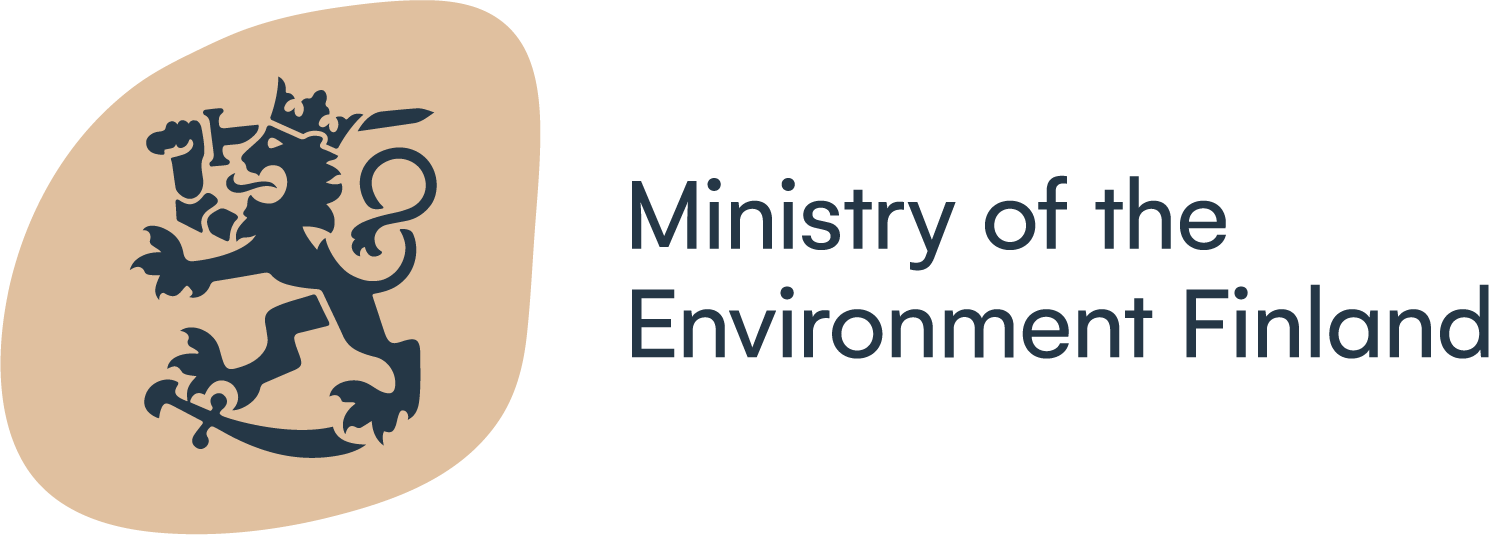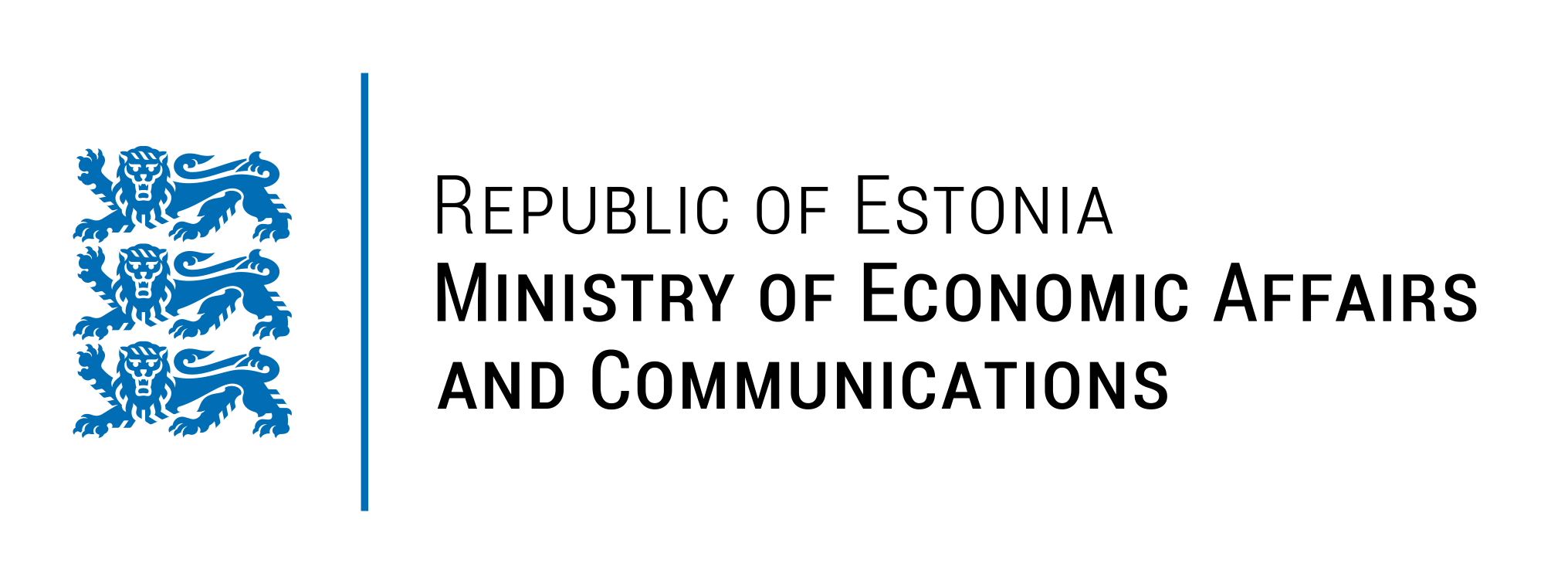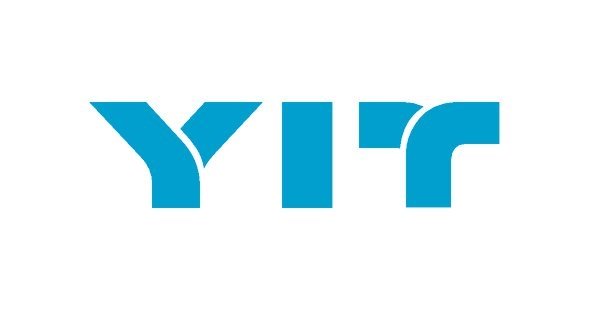
WDBE UPDATES // What did we learn at the Community Session?
Both Congrid & Fira Smart are striving after better building practices
Leading with data is a big buzzword of our time, but the origin of the data on the situational dashboards plays such an important role in ensuring high quality and reliable throughput in construction projects. The digital tools used at the worksite have high importance, as they are the source of your data. But you must go further than to only provide digital tools – you must ensure their use produces quality data. If the site management doesn’t feel the tool helps them do their job, it’ll inevitably fail.
The data producer and the construction site must be given sound practices for how to make use of the digital tools. It’s only by combining these two – the tools and the practices – into a balanced entity, that you get the site to produce quality data and from there, great situational awareness.
Why is careful photo documentation not a guarantee of quality alone?
Let’s take quality assurance as an example. Photo documentation is a great way to record the steps that are covered behind the surfaces. Before concrete pouring or drywall assembling, photos are taken for possible future needs. Previously, a search for photos lasted for hours or even days if they were needed afterwards. Now the right images, if taken and tagged to the location, can be found in a few minutes.
A single photo can be priceless for an operator when proving, for example, who is responsible for water damage. However, this evidence doesn’t add value to the building itself, the project, or its users, but is rather a part of the responsible operator’s self-defense and preparedness plan. When property developers, main contractors and subcontractors argue with each other, everyone loses. Therefore, careful photo documentation is not a guarantee of quality alone, and its point shouldn’t be securing your back. It should be better quality building.
An integral part of quality management is the checklist, which contains items that are important for the work package. When possible, these items should be specified, such as that the supports are installed at intervals of <400 mm, rather than stating generally that the supporting has been carried out as planned, or other generalities. The checklist should be based on the plans of that specific project so that it indicates where the quality of that project should be inspected. A duplicate list, where the checked items aren’t related to the project at all is, unfortunately, worthless. Marking the item with just ‘OK’ isn’t always enough either. When a well-planned inspection is done on time in the field and it is complemented by good photo documentation, we are already close to optimal performance.
>> Want to learn more? Watch now for free!
Click the image to watch the full recording of our recent Community Session.
Collaboration is key
Leading with data, and including the incorporated data production, is a complex entity and its importance isn’t always understood. Succeeding requires both digital tools, which is relatively easy, and management practices that merge into them seamlessly, which, in turn, is a lot harder. With the right know-how, these two make for a perfect combo at the construction site.
Not surprisingly, collaboration is the key here, too. When any deficiencies found in the inspection of the first worksite are corrected in quality inspection rounds and the building contractor is instructed on what needs to be changed, the probability of further repair needs decreases. No one wants to do the same thing multiple times, incorrectly at first and then having to correct it. It’s better to take control of the process from the beginning than to solve problems during the entire construction time or repair expensive mistakes years later when it would have been easy to avoid them during the production phase.
Why do we need real-time situational awareness?
Data-driven dashboards, and related remarks and alarms, make potential problems visible as early as possible, so that they get noticed. This can even enable predicting possible problems a project will face so that they can be addressed before the situation escalates. Without situational awareness, the project would progress without reaction, and it may be as late as in the final financial statement when the team notices that the project didn’t bring any revenue. For these reasons, data-driven knowledge that is well put together, always up-to-date, and always available for everyone who needs it, is extremely valuable for any company in the construction industry.
This article was written by:

Oskar Smeds, Sales Manager, Congrid

Sakari Pesonen, Solution Sales Manager, Fira Smart
Congrid offers a single platform to handle all quality and safety management on any construction project – improving quality and safety, maximising site productivity and reducing costs. From improved safety levels to reduced quality costs, Congrid introduces an entirely new way for delivering zero-defect properties and offers the industry a better understanding of what has been built and how it has been built
More Updates
WDBE 2024 Awards Winners: Highlighting the Advancement of Built Environment
The World of Digital Built Environment (WDBE) Summit announced the winners of the WDBE 2024 Awards which highlight notable digital advancement in the built environment. This year, submissions were received across six categories, showcasing practical and innovative solutions in areas such as sustainability, research, project delivery, and AI.
WDBE-talks: The Well-Being Revolution in Real Estate: Trends, Tech, and Transformation
In the podcast episode, William delved into the burgeoning field of health and well-being in the built environment, a relatively new focus within real estate. He shared his journey from project management and asset management to his current role, driven by a keen interest in how our living and working environments impact our health.
WDBE-talks: Industrializing construction: Myths, Realities, and Future Prospects with Amy Marks and Kevin Cardona
In the podcast episode, Amy and Kevin discuss the challenges the construction industry faces and the necessity of shifting business models to achieve more sustainable and efficient construction practices.
WDBE-talks: Innovating AEC Business Models for the Virtual Future with Amy Peck and Mark Bryan
In this episode of WDBE Talks, Aarni Heiskanen had the pleasure of hosting two distinguished guests from the USA: Amy Peck, Founder and CEO of EndeavorXR, and Mark Bryan, Senior Foresight Manager at Future Today Institute. Amy and Mark will deliver keynotes at the upcoming WDBE 2024 conference, focusing on reshaping built environment business models for the future.
Digital Transformation of the Built Environment Sets New Requirements: Future Today Institute Expert Sheds Light on Future Prospects at WDBE2024 Summit
Mark Bryan, Senior Foresight Manager at the Future Today Institute, which focuses on strategic foresight, has been confirmed as a speaker for the World of Digital Built Environment (WDBE) 2024 Summit.
WDBE-talks: New Business Models Unveiled with Olivier Lepinoy and Jaan Saar
In this WDBE Talks episode hosted by Aarni Heiskanen, two WDBE 2024 keynote speakers,
Olivier Lepinoy and Jaan Saar, discuss the significance of reimagining traditional business
models within the construction sector.
Olivier is the visionary founder of HYPER Construction, and Jaan is the Chief Evangelist at Future
Insight. Both thought leaders have experience innovating business models and share their
insights in this podcast.

